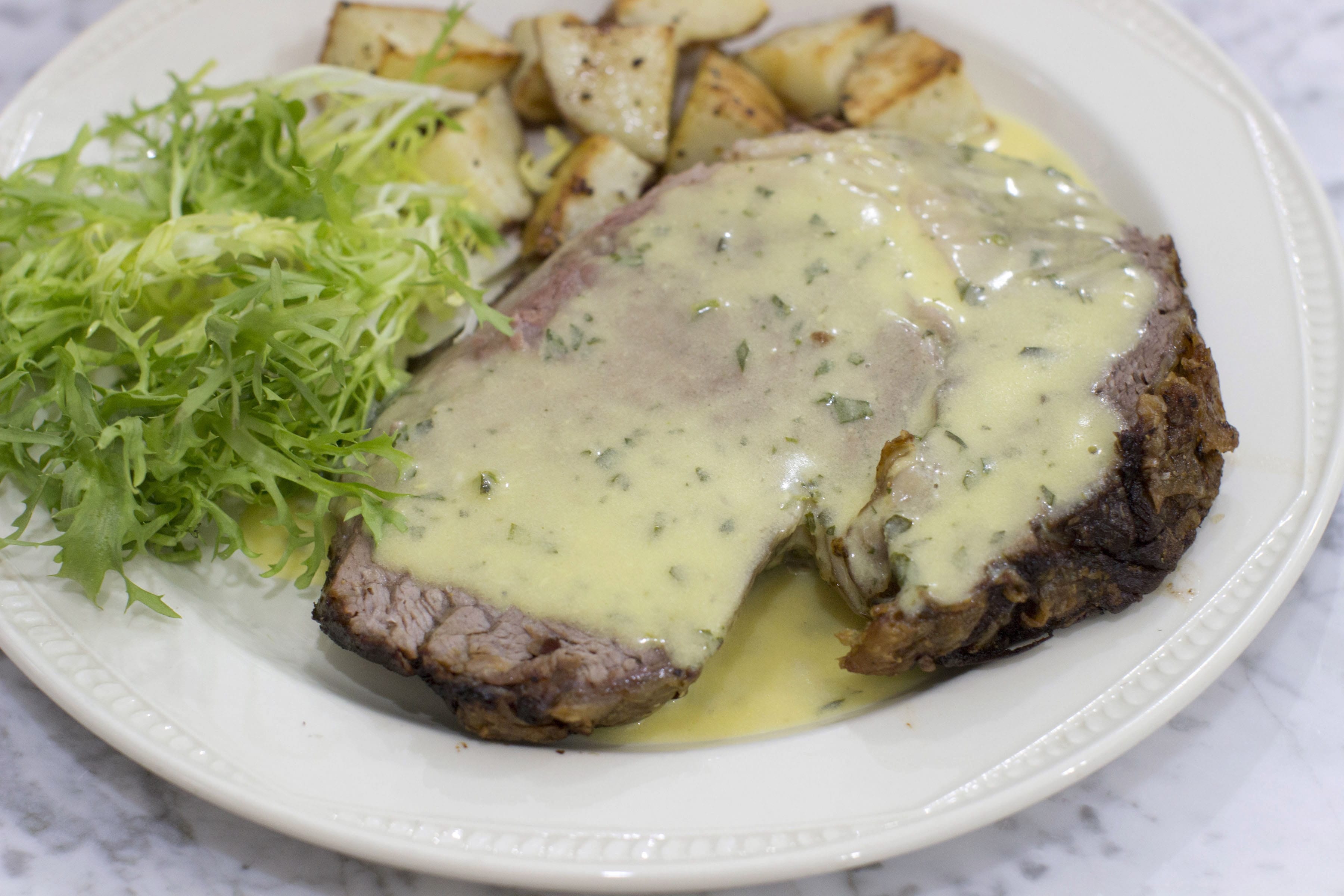Here’s my holiday conundrum, and I bet you can relate: I am in charge of this year’s holiday meal, which will feature a big standing rib roast. Everyone in my family wants their meat rare, but I want the outside to be nicely seared. How to have both?
Cooking a big roast at high heat can get you that nice crisp outer crust, but it comes at a price. Cooking a roast at high heat for even part of the time generally means you end up with just a small core of rare meat running down the center of the roast.
Luckily, the fix is easy. Instead of roasting the meat at high heat for any amount of time, I briefly sear the roast on the stove before it goes in the oven. Then it is hands-off time while the beef slowly comes up to whatever internal temperature you want in a 200-degree oven. That’s it. Perfect outside, perfect inside.
You’ll want to make sure your oven is well calibrated and that you have a proper instant thermometer. And don’t forget to let the roast rest after you have cooked it so the juices have time to re-distribute, ensuring juicy meat.



